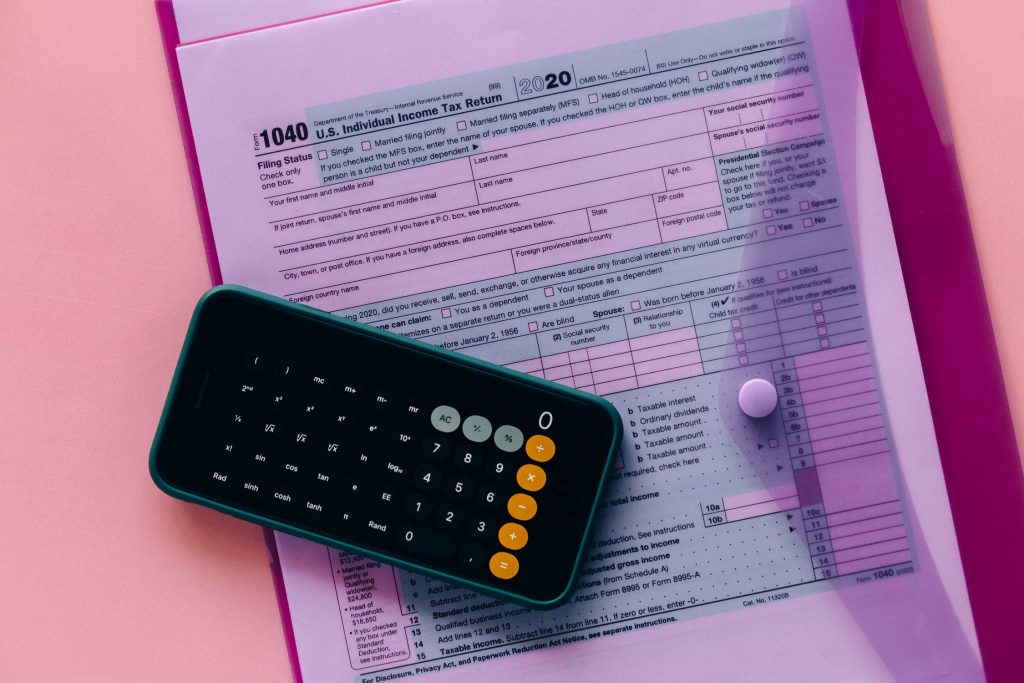It’s no secret that donating to a charity is one of the most inspirational and impactful ways you can leave a positive footprint on our planet and society.
Whatever cause you’re looking to support by leaving a charitable donation, there’s nothing quite like the feeling of knowing your selfless action is having a lasting positive impact on someone else — that is, if your charity donation is actually being used efficiently.
In fact, there’s a lot more to charitable giving than just researching trustworthy charities to support and finding a convenient way of giving.
What many first-time philanthropists might not know is that you’ll often have to look at the fine print to really make the most out of your contribution. Between the opportunity for fraudulent activity and plenty of tax considerations, leaving money to charity in an efficient and impactful way requires a fair bit of researching and thinking ahead.
So, how can you make sure you’re maximizing your impact with every charitable donation you’re making? Here’s all you need to know about donating in a way that will make your contribution matter and last!
How to Find the Right Beneficiary for Your Charitable Contributions
First things first, you should make sure to research the organization you’re looking to donate to as thoroughly as you can, so you can avoid fraudulent organizations and support the trustworthy charities that will make good out of your contribution.
You might be surprised to hear that charity frauds are not that unheard of: From scam disaster relief organizations to funding services for veterans, charity scams are unfortunately quite widespread, with the problem growing larger as social media continues to dominate our daily lives.
It might be an inconspicuous Facebook or Twitter post urging you to donate to help fund volunteer services in the wake of a natural disaster, a GoFundMe page, or even a text message redirecting you to a PayPal donation.
As scammers get smarter and the accessibility of online payment methods grows further, it’s easy to imagine just how much more frequent these frauds are going to be in the future. So knowing how to distinguish a trustworthy charity from a fraudulent operation is absolutely essential!
The first thing you should be looking for is the donation method preferred by the nonprofit in question: Cash only is generally a red flag. On top of that, you should make sure to research the charity on the official directories keeping track of legitimate nonprofits, such as the IRS, Charity Navigator, Guidestar, and Charity Watch. All registered, tax-exempt charities should be featured on these watchdog websites, where you’ll be able to review their performance, financials, and even efficiency when it comes to using the charitable donations they receive.
Ensuring You Get Fair Market Value for Non-Cash Donations
Once you’ve identified whether your chosen nonprofit is legitimate, the next step will be to research how you can claim a deduction on your federal taxes, which you’ll be able to do when donating to a 501(c)3 organization.
This is the last step in ensuring you won’t be donating to a fraudulent organization, and once you’ve made sure the charity is indeed tax-exempt, you’ll be able to report your donation when filling out your tax form.
As tax season comes around, you’ll have to file your form’s Schedule A if you’ve made a cash contribution, while in the case of a non-cash donation you’ll also have to fill out Form 8283.
How much you’ll be able to deduct from your taxes will depend on a number of factors, but in the case of monetary contributions, the deduction is usually limited to 60% of the taxpayer’s adjusted gross income. However, some cash contributions, known as “qualified contributions” might have you deduct up to 100% of your taxpayer’s adjusted gross income.
Finally, in the case of non-cash item charitable donations, you should be able to deduct the fair market value of the items or securities. Non-cash contributions include the donation of a vehicle, property, stocks, or art, and you’ll sometimes be required to carry out an appraisal in order for the IRS to determine the fair market value of the item in question.
Whatever your situation and contribution, the most important thing at this stage will be to keep written records of all your donations, whether in the form of written acknowledgments from the charity or bank records.
How Can You Give? Check Your Adjusted Gross Income
While most non-cash contributions will have you claim around 60% for deduction, you might be limited even more (between 50% to 20%) if your charity of choice is a private foundation, a veteran organization, or other organizations with a special status.
Note that contributions that end up exceeding the deduction limit will carry over and that you’ll be able to deduct them fully over the next 5 years from your report, so it’s always wise to keep a tight record of all your payments and non-cash donations.
As we’ve mentioned before, your taxpayer’s adjusted gross income (AGI) will be the deciding factor for how much you’ll be granted, so you should make sure to think ahead and do all the calculations necessary before donating.
Your AGI includes your salaried income, capital gains, business income, alimony, dividends, retirement redistributions, and other miscellaneous types of income — minus certain payments you’ve made during the year, such as student loan repayments and IRA contributions.
As the starting point for determining your tax bill, understanding your AGI is incredibly important for a number of reasons, from identifying taxable income to determining if you can qualify for deductions and credits.
As a general rule of thumb, the lower your AGI, the higher the deductions!
You can try calculating your AGI yourself by totaling up your various incomes and deducting the qualifying expenses, which you can check in full here.

Making the Most of Your Charitable Contribution
In this day and age, there are countless ways you can give back and leave a charitable donation to a nonprofit you believe in.
While making the most out of your contribution will always require a fair bit of paperwork and research, you’re guaranteed that your charity of choice will help and support you with the process every step of the way, from providing all the documentation you need to fill your tax forms right to allowing you to contribute in the ways that suit you the most.
Online giving is definitely on the rise, along with cryptocurrency contributions and giving circles for maximizing the impact you could have on an organization’s work.
Some philanthropists choose to donate their time instead, taking part in volunteer programs or becoming active advocates for the causes they care about the most.
And finally, others might want to donate assets or leave a charitable donation in will (the so-called planned giving or legacy giving), a powerful gift with quite specific tax benefits for both parties involved.
If you’ve never considered this giving method before, know that leaving a charitable donation in will is not as complicated as you might think: You can add a clause to your existing will anytime with the help of a solicitor, including the gift you want to leave (cash contribution, assets, securities, etc.) and the organization you want to donate to.
In terms of tax benefits, planned giving can be incredibly beneficial if you’re looking to truly support your chosen cause to the best of your abilities, as real estate assets given are exempt from estate tax, allowing donors to give more and support their charities of choice more than they’d be able to with regular contributions.
With no restrictions on what and how much you can give, a charitable bequest can help you leave a lasting, inspiring legacy behind while maximizing the impact of your support.
So, if you’re looking for a way to make your contributions go as far as they can, you should definitely read up on your chosen nonprofit’s policy on legacy giving and bequests — well-established and legitimate charities will, without a doubt, include these options into their donation guidelines!
How You Can Donate to Food for Life Global
If you’ve been thinking of donating to our emergency food relief and hunger relief programs, we’ve made sure to make the research and tax part of the donation journey as easy and accessible as it can be.
Food for Life Global is a tax-exempt nonprofit with decades of proven results, global scope, and global reach. We understand how the preferred methods for contributing to charitable causes are changing worldwide, and that’s why we encourage all prospective donors to explore all the different ways they can give and make the most out of their contribution.
We have been one of the first food relief charities to accept cryptocurrency donations to maximize the impact of each international donation, allowing you to deduct your contribution while ensuring maximum fund efficiency: No money wasted on hefty international bank transfers!
In addition to that, we accept check donations, online giving with bank wires, non-cash contributions, donations in memory, and planned giving options.
You’ll always receive a receipt for any kind of donation made, so you’ll be able to claim deductions easily and with complete peace of mind — for any questions and doubts, we promise you our team will always be there to help you navigate any tax issues and uncertainties!
So, are you ready to explore all the ways you can help us fight food insecurity in some of the most deprived areas of the world?
Our incredible team of volunteers continues to work hard to provide healthy and sustainable plant-based meals to children and populations affected by natural disasters and widespread poverty — get in touch today to learn how you can help us take our sustainability goals further and leave global food insecurity in the past.
You Can Help!
Food For Life Global’s primary mission is to bring about peace and prosperity in the world through the liberal distribution of pure plant-based meals prepared with loving intention.







